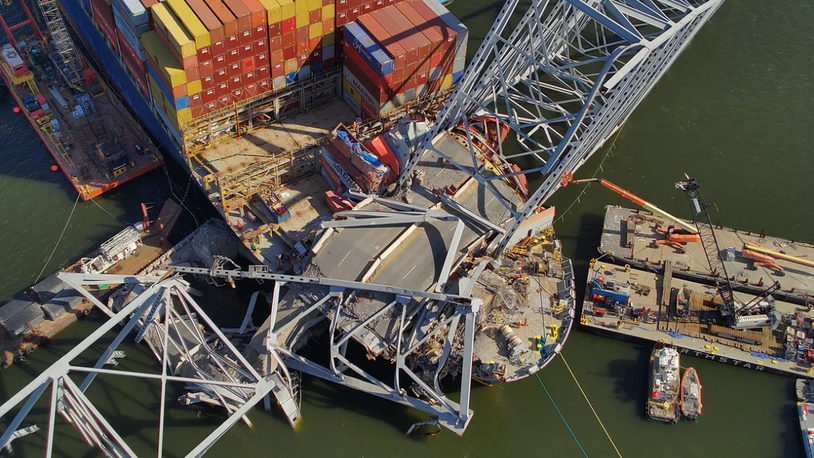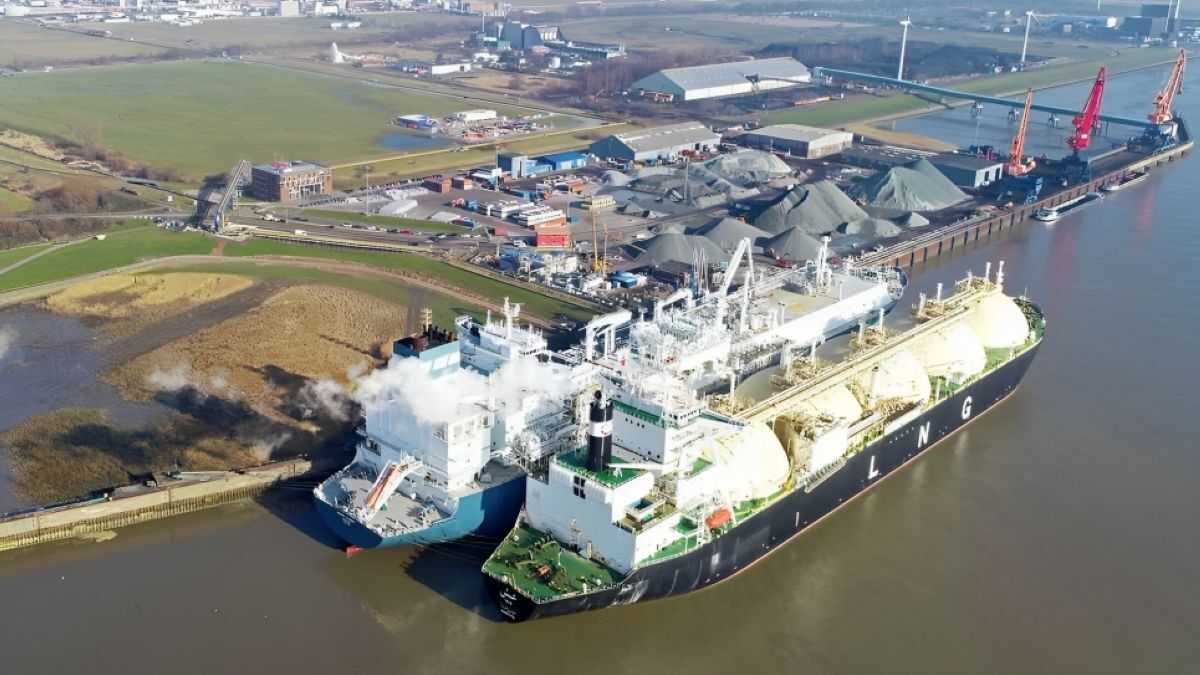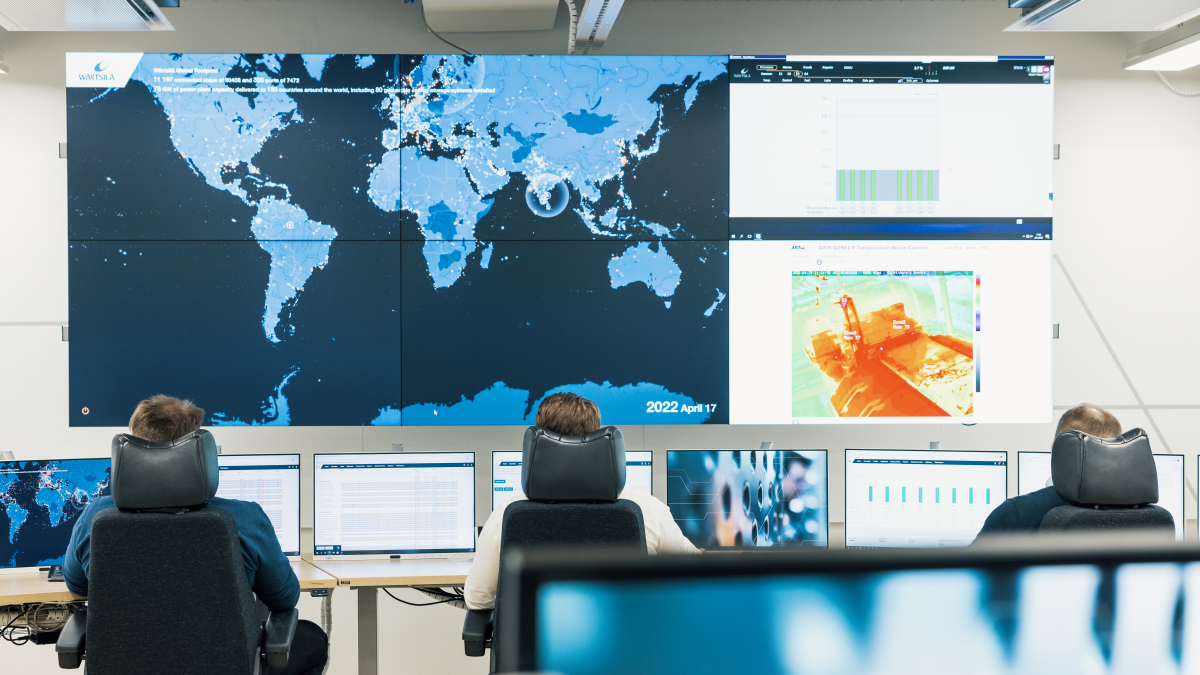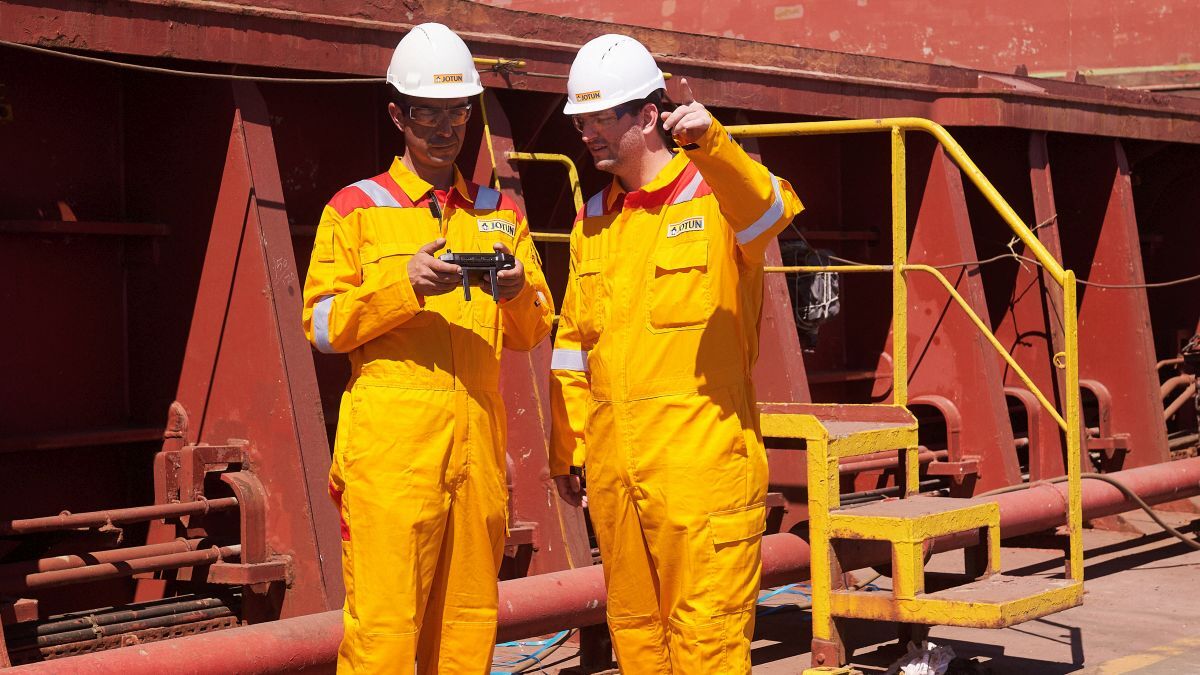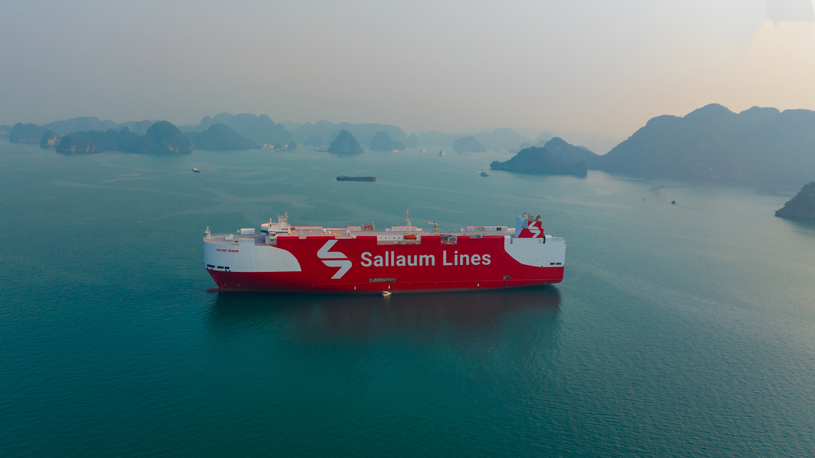Business Sectors
Events
Contents
Register to read more articles.
GEO satellites provide reliable maritime communications
New satellite communications services have emerged in 2023 as demand expands rapidly, with vessels employing digital systems to improve efficiency, cut costs and emissions
A growing market attracted new entrants, with high-profile newcomers providing different solutions.
Eutelsat OneWeb and Starlink provide low-latency, high-speed communications through growing low earth orbit (LEO) satellite constellations to supplement expanding connectivity services over geosynchronous (GEO) satellites.
These connect ships using Ku-band and very small aperture terminal (VSAT) technology or through Ka-band, such as Inmarsat’s Global Xpress (GX) via GEO constellations, all backed up by reliable L-band.
Although LEO constellations promise higher speeds than GEO, with some offering more than 200 Mbps, this should not be the only factor considered when selecting reliable, effective ship communications for all conditions and geographies.
“It will be important for maritime customers to assess their requirements in terms of reliability, service commitment, and ensure their operational needs can reliably be met, now and into the future,” says Inmarsat Maritime president Ben Palmer, who stresses the vital role of communication systems “in unlocking many of the big issues facing shipping today.” It enables increasingly sophisticated shipping business ecosystems “to function effectively, efficiently and securely and meet expanding crew welfare and training needs.”
As IMO and the European Union require shipping to reduce their onboard carbon intensity and emissions, there is a greater need for “harvesting and collating data to sharpen shipping companies’ competitive edge and helping them to demonstrate compliance with new regulations,” says Mr Palmer.
He adds connectivity supports the transition to a greener maritime future in the short term “by facilitating incremental steps towards carbon neutrality” and in the longer term by “providing assurance around the transition to new fuels.”
“We provide the essential ship-to-shore lifeline that affords seafarers – and their loved ones – confidence they will be safe on the high seas.”
Mr Palmer describes connectivity as the “oxygen that gives life to decarbonisation initiatives,” enabling shipowners and managers to implement operational changes to improve efficiency and reduce emissions.
“Voyage optimisation systems operated through data exchange are proving invaluable”, he says. For example, a Scandinavian shipping company that adopted an artificial intelligence-based voyage optimisation tool across its 120-vessel fleet on an 18-month trial yielded a 6.9% increase in vessel efficiency.
That is equivalent to a projected emissions reduction of 170,000 tonnes of CO2 when rolled out fleetwide.
Connectivity will enable even more technical innovations to reduce operating costs and emissions while improving safety.
“Facilitating the technical innovation that will make sustainable remote control or autonomous vessel operations a reality is a longer-term objective,” says Mr Palmer.
Satellite communications and onboard connectivity will be discussed at Riviera Maritime Media’s Offshore Support Journal Conference, Awards and Exhibition 2024, to be held in London, 7-8 February 2024, click here to purchase tickets and attend this industry-leading event
Related to this Story
Events
Maritime Environmental Protection Webinar Week
Cyber & Vessel Security Webinar Week
The illusion of safety: what we're getting wrong about crews, tech, and fatigue
Responsible Ship Recycling Forum 2025
© 2024 Riviera Maritime Media Ltd.



